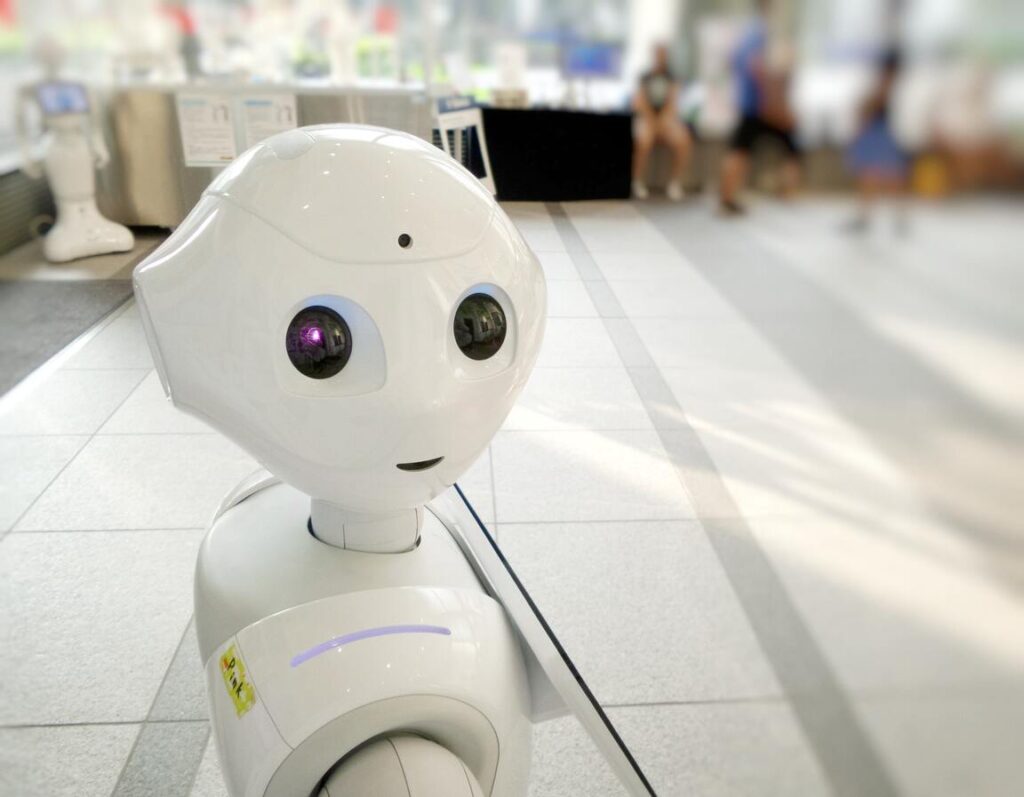AI Translation: How good it is?
Have you ever stopped to think when chatting online, whether you are communicating with a real human being, or a robot?
Companies are increasingly investing in artificial intelligence to handle simple communication. But what is it that differentiates the communication style of a human being and a robot? Why should companies continue to invest in humans to write their content, provide translation services, and handle customer service concerns? Let’s find out.

What is Artificial Intelligence (AI)?
Artificial Intelligence (AI) is defined as the ability of a machine to perform tasks associated with intelligent beings. For example, think of a bot that can answer simple customer service questions or a voice on the telephone who can direct you to the appropriate operator. AI technology can be used in sports events for facial recognition, learning a second language with the help of an app and many more things.
The idea is that the more the algorithm interacts with real humans, it can actually teach itself new tricks, and become increasingly more intelligent. So, theoretically, the more humans are interacting with bots on the internet, the more intelligent said bots are getting!
Programs have been developed that actually engage in natural language processing (NLP), but humans are still incredibly important. While many companies are excited about the cost-savings associated with NLPs, more companies are realizing that we still need humans to determine context.
Can AI translate?
A computer knows the definition of a word, but most are still unable to understand the meaning of words within a larger context. This is why machine translation tools still run into problems and do not provide accurate translations.
While science fiction may allow for robots to be poetic, there is still a long way to go before computers can truly understand the complexities of language. Then when it comes to translation and keeping things in context, humans are, amazingly, the only beings on the planet so far who can get it right.
So yes, robots are adjusting language, perhaps improving its efficiency (think of how helpful Grammarly is to check your typos for you), but sometimes there are small errors that only a human eye can catch.
Be sure that any language service provider you work with is not simply outsourcing your documents to firms that rely solely on AI and bots, as you will definitely pay the price when it comes to revisions!
While robots are always improving, humans remain one step ahead. That doesn’t mean we shouldn’t use AI to our advantage and to boost efficiency, but it does mean that the translation and interpretation industry will continue to remain a strong field where real humans are incredibly important.
